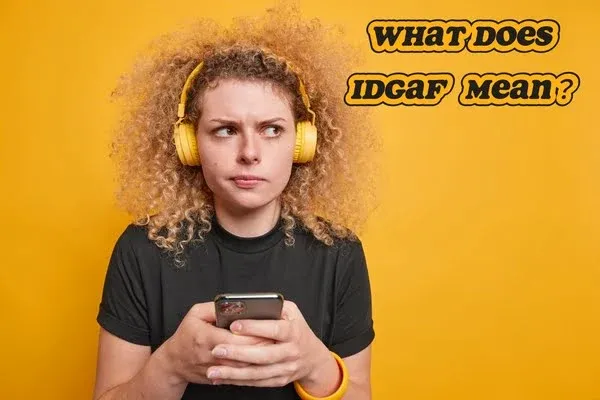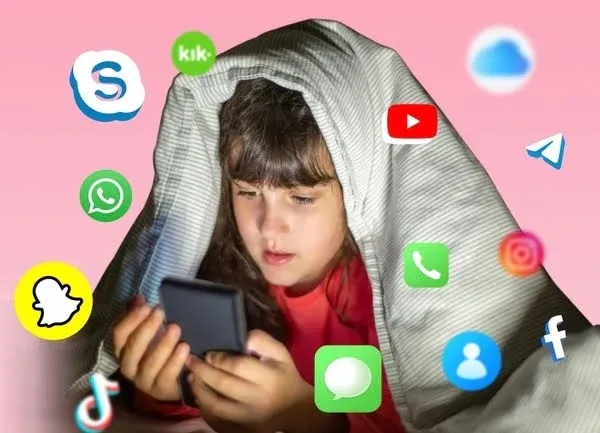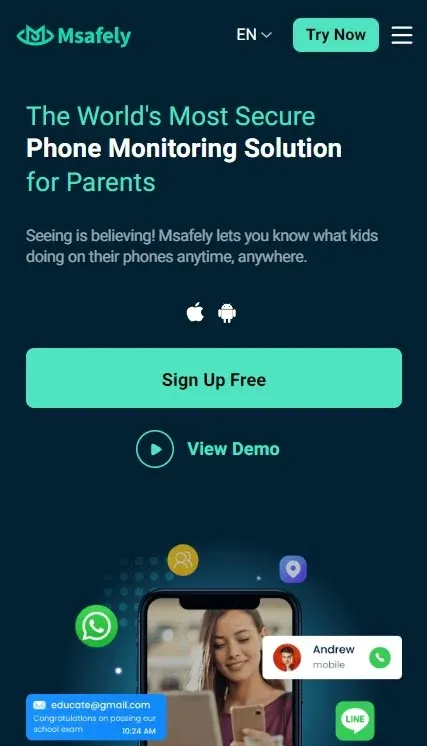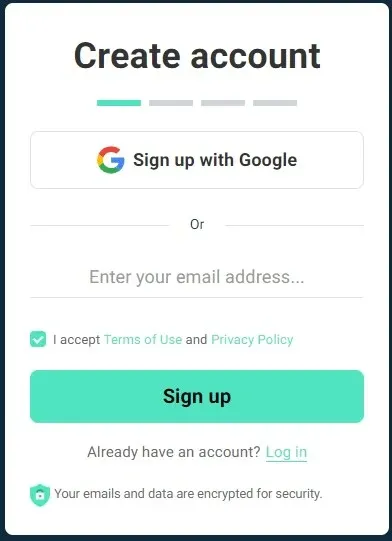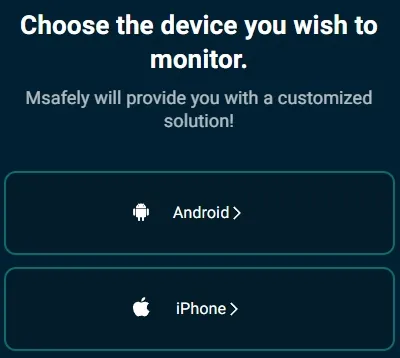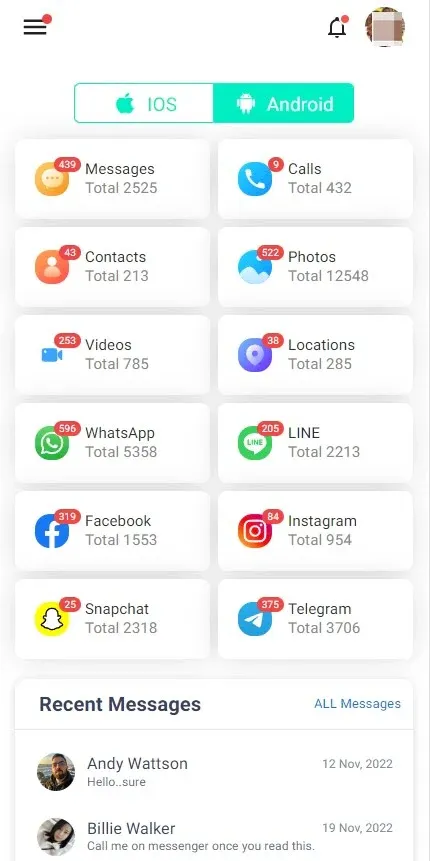- Demo
- Pricing
- Solutions
- Features
- FAQs
- Blog
- Login
- Sign Up Free
Understanding IDGAF: Meaning, Examples, and How Teens Use It
With every new generation, new slang words come up, and "IDGAF" is one of the most used slangs today.
The slang “IDGAF" has been around for a while, and makes its appearance even in songs by artists like 2Pac and Dua Lipa.
With its growing use, especially among teenagers, many parents have started worrying about the meaning of IDGAF. In this article, we’ll discuss the IDGAF meaning, its examples, and how teens use it.
Part 1. What Does 'IDGAF' Mean
So you might ask: in texting?
"IDGAF" stands for "I don’t give a f#ck," and it’s a blunt way of showing you don’t care at all about something. When someone uses it, they're basically saying, "I’m not bothered." Or “I don’t care”
For example, if there is some friend of yours who tells you about some gossip and you reply to them ‘ IDGAF’, what do you expect me to do? It's a very clear indication that you are not interested
Teens use it frequently, whether in texts, social media, or even face-to-face. It’s often a quick way for them to express indifference, like when asked “Are you attending the event?” “IDGAF”.
However, keep in mind that its explicit nature makes it less appropriate in formal or family-friendly environments. And so many parents should not encourage their kids to use IDGAF.
Part 2. Where Does 'IDGAF' Come From
"IDGAF" started gaining traction in the early 2000s, especially with the rise of texting and social media. It quickly became a favorite way to express indifference or frustration without typing out the full phrase.
Nonetheless, the roots of IDGAF run deeper- people have been saying, “I don’t give a f#ck " in everyday speech long before it became an acronym. Over time, the slang made its way into music, solidifying its place in pop culture.
Songs like BoyWithUke’s "IDGAF" (2022) and Drake’s "IDGAF" (2023) show just how mainstream IDGAF has become, with many people now using it as part of their daily language.
Part 3. How Kids Use 'IDGAF' in Everyday Conversation
You might come across "IDGAF" in your child's texts or social media posts, sometimes catching it unexpectedly when a notification pops up.
While it may seem like just another teen slang term, it can raise concerns about how they’re communicating and the tone they use.
It’s important to recognize that while slang is common, some terms like "IDGAF" don’t always come across as polite or appropriate, especially in more formal situations. Let’s discuss how teens use "IDGAF" in everyday conversations.
3.1. Examples of 'IDGAF' in sentences
Teens often use "IDGAF" to shrug off things they don’t care about, from small inconveniences to bigger issues. Here are some examples of how it might pop up in daily conversations:
- “Yeah, keep talking about that show, but IDGAF.”
- “They keep on bothering me, my parents, but I am past IDGAF point.”
- “Whether they invite me to the party or not….IDGAF”
- "Like IDGAF, she gave me an extra task without any explanation."
- “Let them say anything about my style; People do a lot of those things and IDGAF about them.”
- “IDGAF as to who wins the basketball game or the baseball or any game scheduled for today.
- “IDGAF about who wins the game tonight.”
3.2. Variations and related slang terms
Other slang terms similar to "IDGAF" can pop up in your teen’s conversations. Here are some variations and related slangs to IDGAF:
- IDC – "I don’t care." A milder version of IDGAF. An example is "You didn’t finish the homework? IDC, it’s not a big deal."
- WYFD – “What you f#cking doing?” ‘WYFD this weekend. Let’s go and watch movies.’
- FWU – "F#ck with you." Typically means "I mess with you" in a friendly way. For example, "I don’t FWU with my PS4"
- NBD – "No big deal." A casual manner of expressing disinterest. "You lost your phone? NBD, we’ll find it."
- TBH – "To be honest." Often used before expressing a candid or blunt opinion. For example, "TBH, I didn’t like the movie as much as I thought I would."
- SMH – "Shaking my head." Used to express dissatisfaction or skepticism. They might say: "He forgot to study for the test again. SMH.
- YOLO – "You only live once." Encourages doing things without caring about consequences. For example, "I’m going skydiving tomorrow. YOLO!"
3.3. Social media usage and popular hashtags
On social media, teens often use "IDGAF" to express their carefree attitude. Hashtags like #IDGAF or #IDGAFvibes are common on platforms like Instagram and TikTok. They are often used with posts that show teens doing something bold, like skipping an assignment or ignoring someone’s advice. Some of the other Hashtags’ are:
#NoFilter – It shows authenticity and not caring about others' opinions.
#YOLO – "You only live once," is often used when making bold or risky choices.
#IDC – "I don’t care," another expression of disinterest.
#Unbothered – A caption that is used to show one’s composure or lack of emotion in any scenario that is deemed as overwhelming.
#DoYou – That means that we should do whatever we please. Other people’s opinions are irrelevant, to say the least.
#Whatever – Attitude towards things with a rather dismissive attitude.
#ZeroF#cks – A more explicit version of not caring about something.
#Savage – Used when someone does something bold, reckless, or unapologetic.
Hashtags have become a way to declare independence and push back against societal pressures, especially in meme culture and viral trends. However, while "IDGAF" might be a way for teens to express themselves, it’s essential to be mindful of the tone and message they’re sending across these platforms.
Part 4. How to Talk with Your Kid about Slang
When it comes to talking with your child about slang, it’s like learning a completely different language.
However, having a grip on the words, slang, or vocabulary of your kids helps you stay in touch with them, protect them, and build rapport with them. Now let’s touch on why it is important to understand teenage slang.
4.1. Importance of Understanding Teen Slang
Slang isn’t just a fun or trendy way of talking—it can reveal important insights into your child's world, their friends, and what they’re experiencing day to day. Here are six reasons why staying informed about teen slang can benefit both you and your child:
- It improves communication
Understanding the slang your kid uses makes communication smoother. Take for example your kid comes home and says that ‘that test was a dub. For you who are not in the know, dub is a term used in the slang context to mean winning or making an excellent score and, therefore, means nothing in this case.
- Staying relevant in their world
Slang changes fast. If you’re aware of new terms, your child will see you’re trying to stay involved in their world. It’s a small but significant way of showing that you care about what matters to them, even if it's just new words.
- It helps you spot potential red flags
Some slang terms could signal troubling behavior. For example, certain words might be used in contexts involving drugs, bullying, or risky behavior. By staying informed, you’re better equipped to identify when something’s off.
- You can connect better with them
When kids see that you're interested in the words they use, they’re more likely to open up about other aspects of their lives. It creates a space where they feel safe to share without fear of being misunderstood or judged.
- It prevents miscommunication
Sometimes, slang doesn't mean what you think they do. If you think "lit" is about fire, but your child is using it to describe a fun event, you’ll have a better grasp of what they're actually saying—and avoid unnecessary confusion.
4.2. Tips and Examples for Starting a Conversation About Slang with Your Child
Talking about slang with your kid doesn't have to be uncomfortable. In fact, it can be a fun way to connect with them while keeping communication open and honest. Here are some tips and examples for starting a conversation about slang with your child
- Share what you know
It can be fun to bridge generational gaps by sharing some of the slang you grew up with. You might laugh together about how your terms seem outdated. It also makes the conversation feel two-sided rather than like an interrogation.
- Be curious
Instead of jumping into a conversation with, “I don’t understand the words you use,” try a more open approach. Say to your kid, "I heard you mention something fascinating earlier." What does that mean?” This shows you’re curious, not critical.
- Don't judge the slangs
Kids might use slang you find strange, but it’s important not to dismiss them outright. If your child says something like “That party was savage,” resist the urge to criticize the slang. Instead, ask about the experience behind the words.
- Make it casual and fun
You don’t need to have a sit-down conversation. These talks can happen while you’re driving, doing dishes, or hanging out at home. The more natural it feels, the less your child will feel like they’re being grilled.
If you're unfamiliar with certain slang, don't be afraid to laugh about it. "I'm still not sure how to use 'LOL,' even after learning what it means! shows you’re willing to learn in a lighthearted way, which makes kids feel more comfortable.
- Respect their privacy
While it’s great to understand what slang means, it’s also important to give your child some privacy with their language. Don’t feel like you need to know every word or be part of every conversation.
Part 5. Staying Informed About Teen Slang: Using Parental Control Apps to Monitor Your Kid's Phone Activity
Parental control apps can be incredibly useful when it comes to keeping up with the latest slang and understanding what’s really going on in your child’s digital world.
With the right parental control app, you can set alerts and filters that help you stay informed without intruding too much into your child’s privacy. One app that’s especially popular for this kind of monitoring is Msafely.
5.1. What is Msafely
Msafely is a monitoring software that allows you to monitor your child’s every activity on his or her phone without them even realizing it. One of the best things about this app is its ability to work quietly in the background, meaning your child won’t receive any alerts or notifications that make them feel watched.
For example, if your child starts using terms like “IDGAF” in their texts or on social media, Msafely can flag these messages for you. Msafely works across multiple platforms—both Android and iOS—and allows you to monitor everything from social media conversations to browser history.
5.2. Key features of Msafely
Here are some of the standout features that make Msafely an excellent option for staying informed about your child’s phone usage:
You can keep track of every text message, even ones that have been deleted. If your kid starts using slang you don’t recognize, like “IDGAF” or something potentially concerning, you’ll know about it right away.
You can see all incoming and outgoing calls, as well as missed calls, to ensure your child isn’t communicating with anyone who might pose a risk.
This feature shows the current location of your child as well as a list of where they have been at any given time, making sure that they are in safe places.
Msafely gives the parent access to the photos and the videos that the child has saved on their phone, in case the children are exposed to any such media.
Msafely provides real-time monitoring of apps like WhatsApp, Instagram, and Facebook, so you can see if slang like “IDGAF” is popping up in their conversations.
Msafely potentially provides evidence of the extent of obsessive internet use and problem behaviors, particularly emerging in children who are frequent internet users.
You’ll know exactly what apps are installed on your child’s phone, which can help you keep an eye on any potentially dangerous or inappropriate downloads.
This functionality provides the possibility to track the emailing activity of your child, which enriches the idea of protecting a child at the same time.
5.3. Steps of using Msafely to monitor your kid's phone
Setting up Msafely is straightforward. Here’s how to set it up:
Step 1. Create a free account
The initial step involves creating a free account on the homepage of Msafely. This means filling in a functioning email address. This is your first step toward monitoring your child’s activity.
Step 2. Select the type of device you want to monitor.
If your child's phone is an Android phone, such as Samsung, Huawei, Xiaomi, etc., please select the Android option. If your child's phone is an iPhone or iPad, please select the iPhone option.
Step 3. Start connecting to the target device
Select your price plan, one month, three months or 12 months. The longer the package you purchase, the more cost-effective it is. After the purchase is completed, you can start connecting your child's phone.
The connection process is very straightforward, and the on-screen instructions are clear, so there won't be any technical difficulties. You can complete it in just two minutes.
Step 4. Start monitoring
Once the setup is complete, you can access the Msafely Control Panel. From there, you can view everything the app collects, from texts and calls to social media activity and location data.
Part 6. FAQs about IDGAF
Q1. Is IDGAF considered rude?
Yes, it can be used as rude or offensive, particularly in formal situations, since it contains swearing.
Q2. Why do teens use IDGAF?
Teenagers usually use it when they want to indicate that they do not care about a certain situation, an opinion, or the aftermath.
Q3. Can IDGAF show a positive image of an individual?
Most of it is negative but there are times when individuals use it to display assertiveness, or when people choose not to take the opinions of others into consideration.
Q4. Is IDGAF widely used online?
Yes, it is widely used in various social media platforms, posts, comments, and even memes to express a lack of control or insubordination.
Q5. Should I be concerned if my child uses IDGAF?
It varies according to the scenario. It could be innocent ranting, but if it is recurrent, you may want to check up on how they are coping with bigger problems.
Part 7. Conclusion
Understanding the meaning and use of "IDGAF" is important for staying connected with your teen’s world. Most often than not, IDGAF is used carelessly meaning I don’t care but it is equally important to know the specifics of the utterance.
If you understand slang words like IDGAF and talk with your child, you can help create stronger bonds of communication and trust. Slang will keep changing, but you will be able to build up your relationship continually by making efforts and being curious about the terms they use.
Keep the conversation fun, respectful, and free of judgment, and you’ll handle slang words like IDGAF together.
No.1 Choice for Keeping Your Kids Safe-Msafely
Less worrying, more monitoring

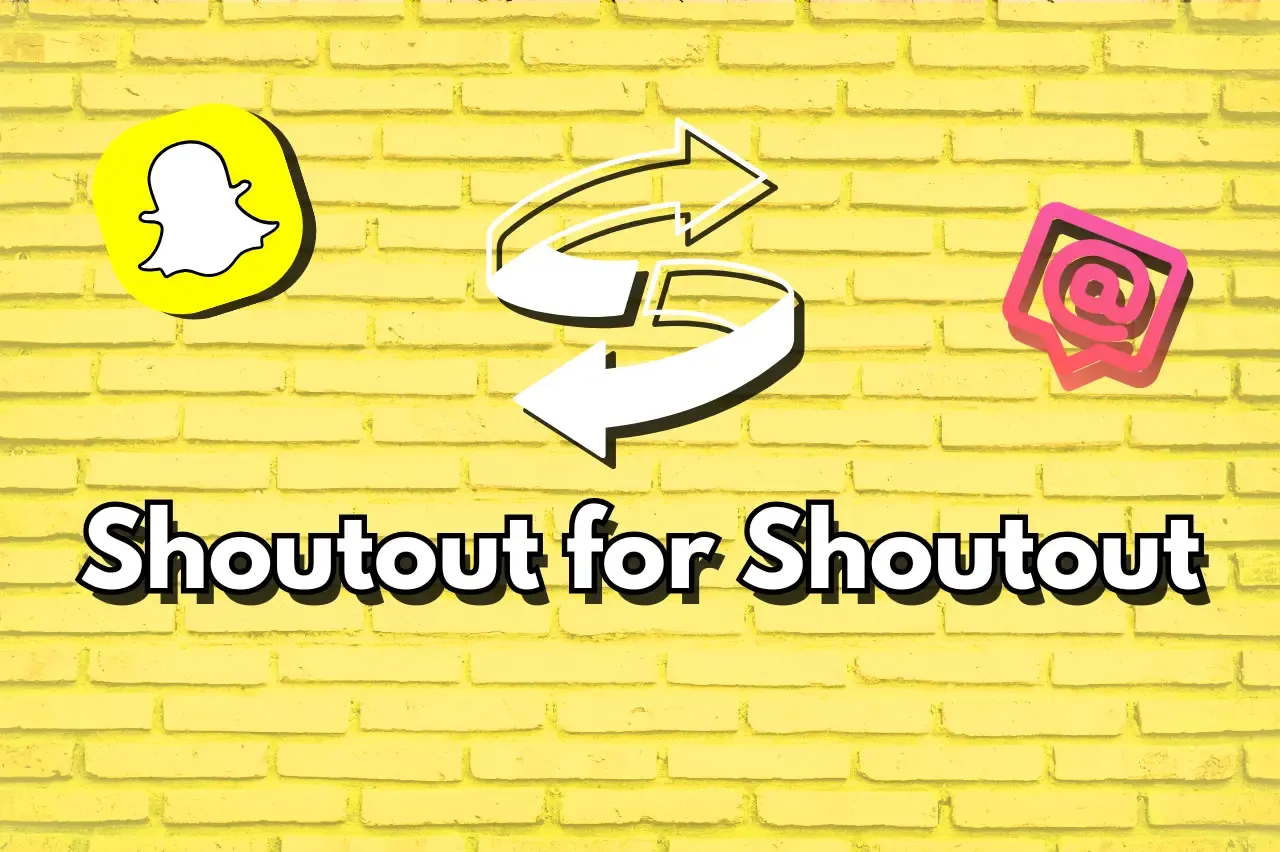
What Does SFS Mean on Snapchat, Instagram and Other Social Media?
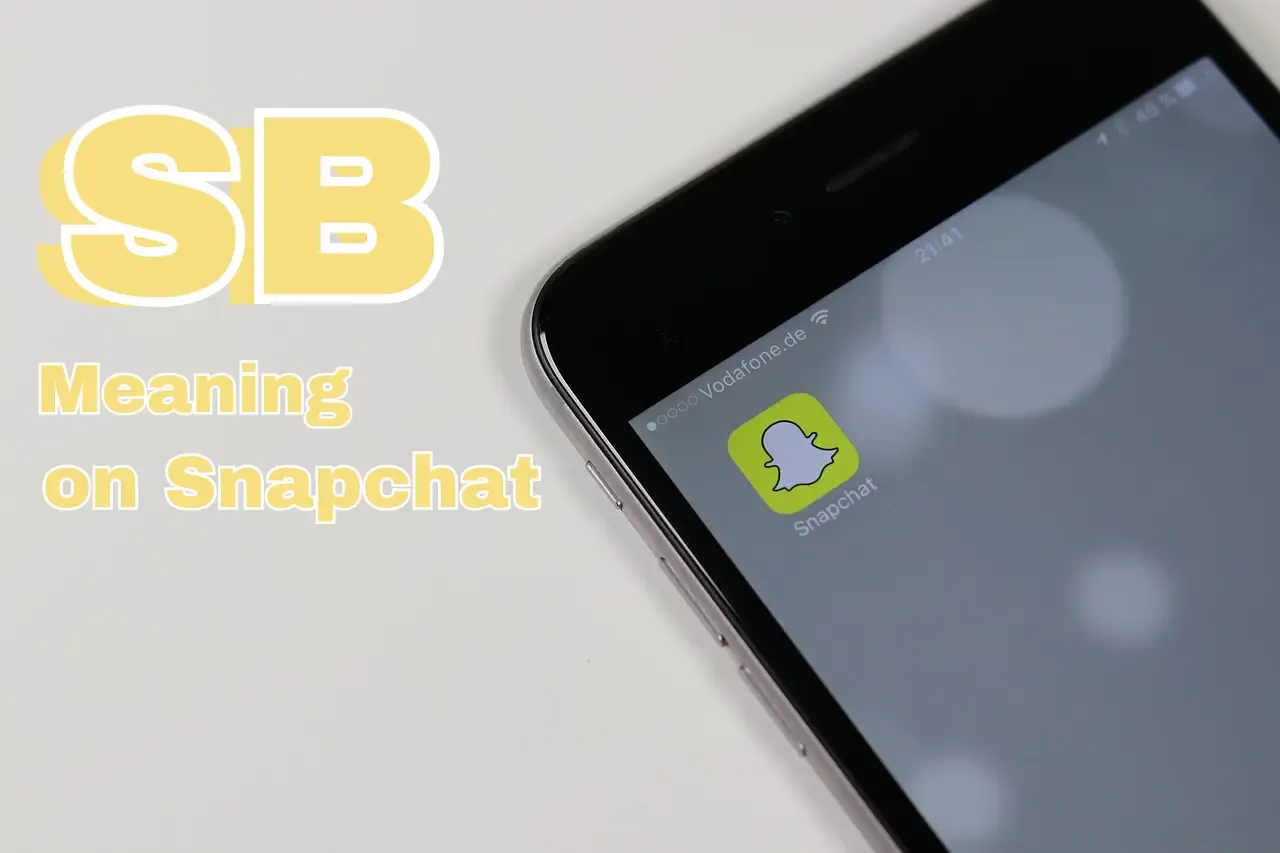
What Does SB Mean on Snapchat and How Do You Respond to It?
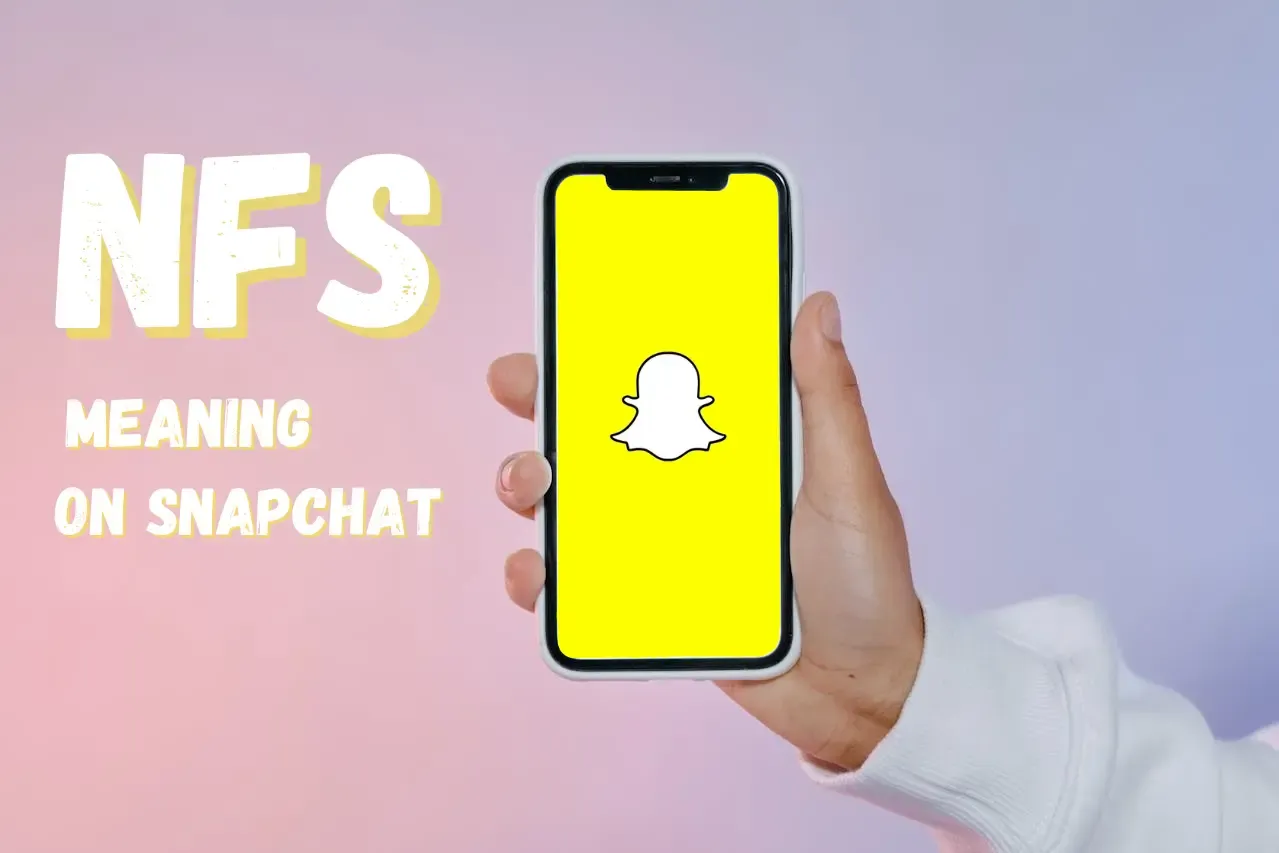
What Does NFS Mean on Snapchat and Other Social Media

What's the DTF Meaning in Slang? Definition, Origin and Use Cases

What Does TBC Mean? A Guide with Use Cases and Examples
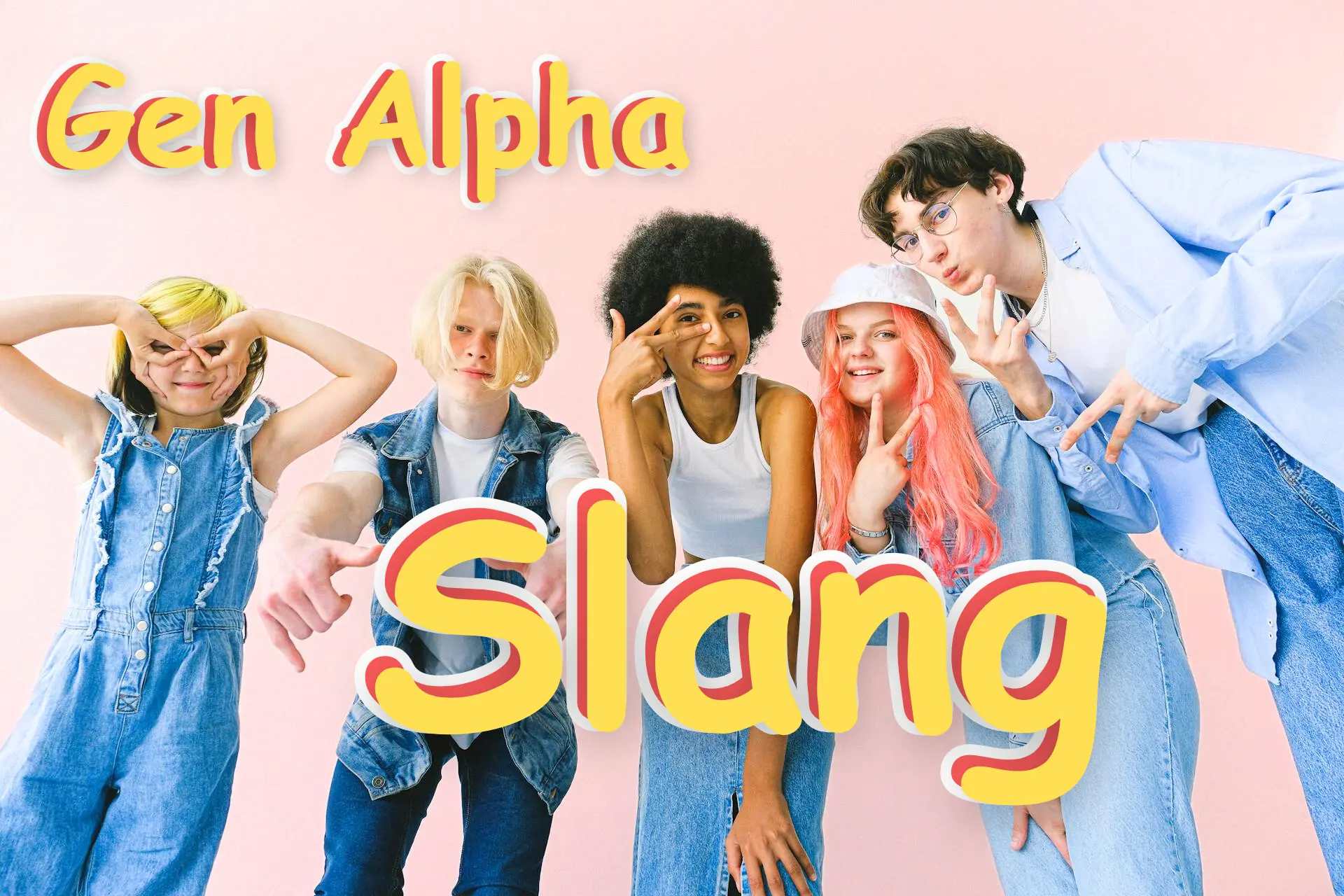
24 Gen Alpha Slang Words Decoded: Understand What Kids Are Saying

